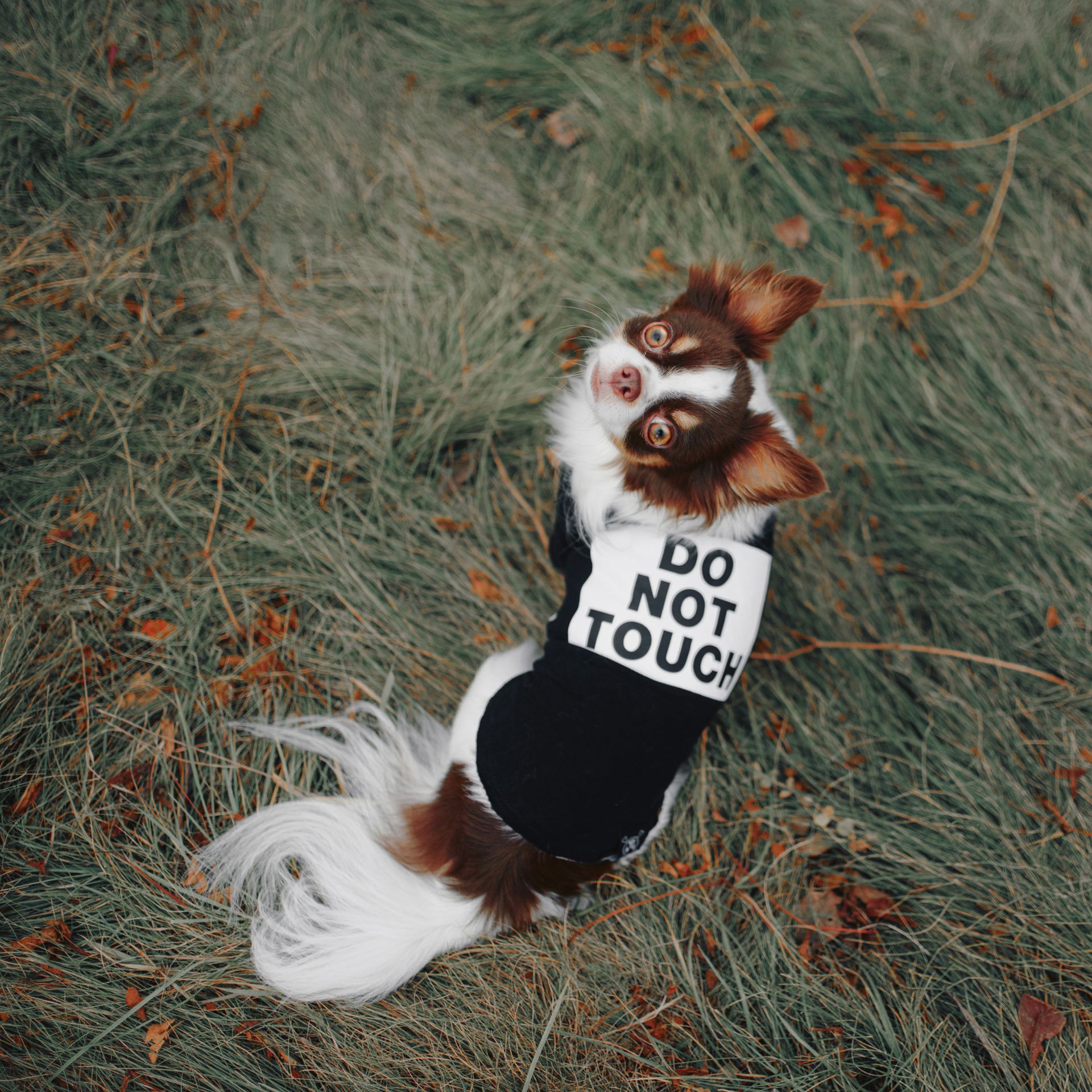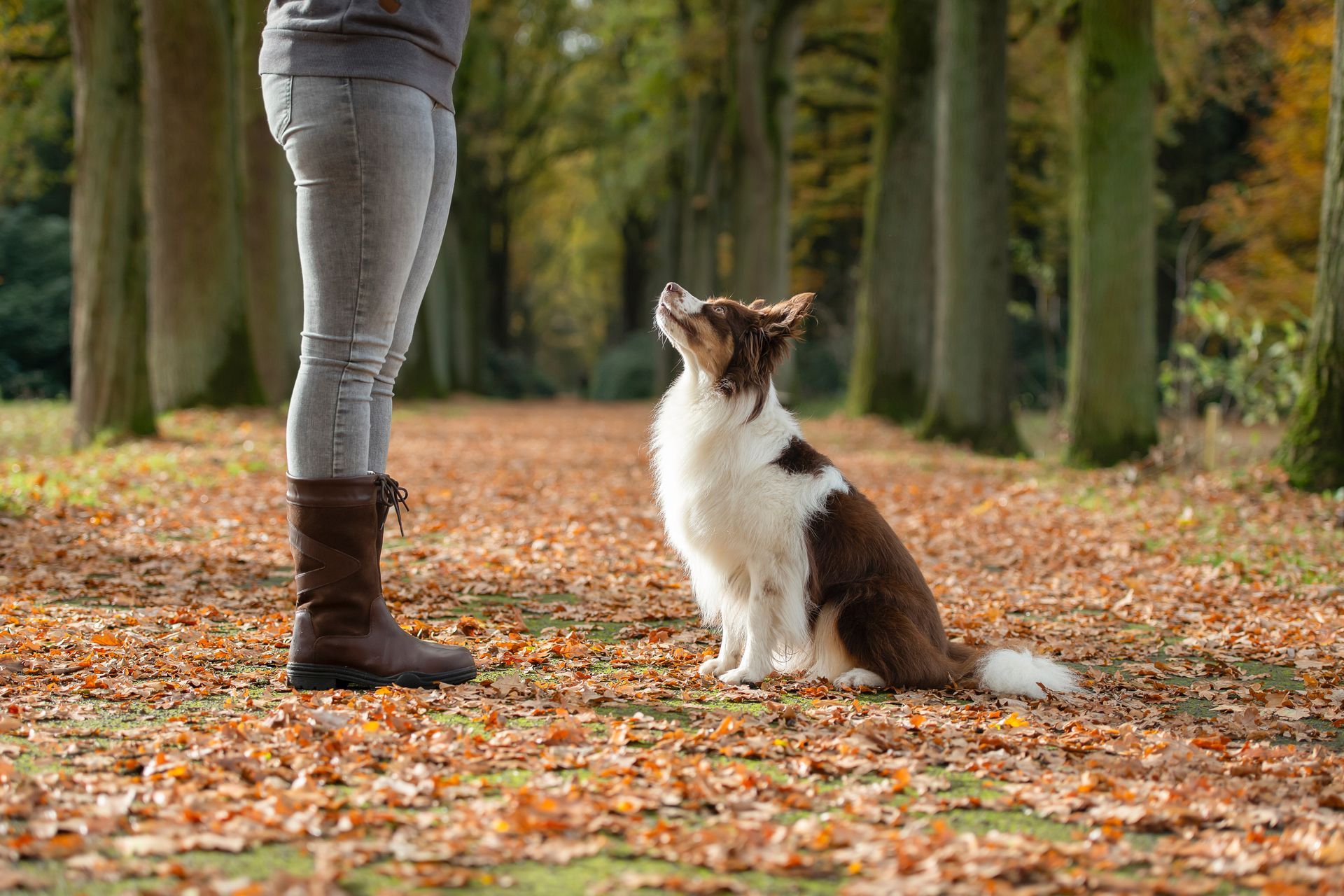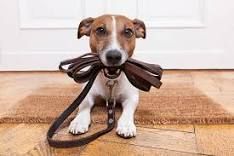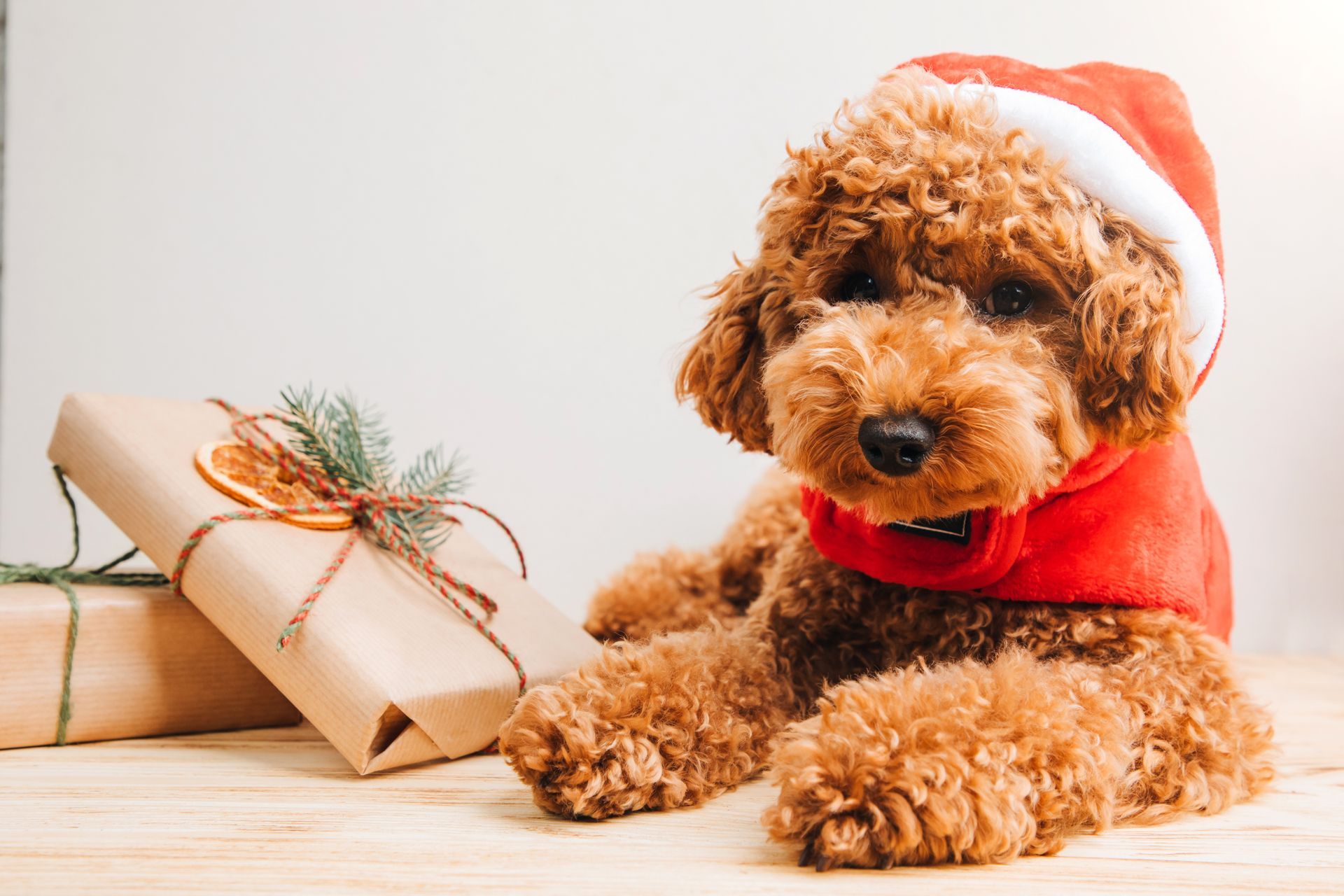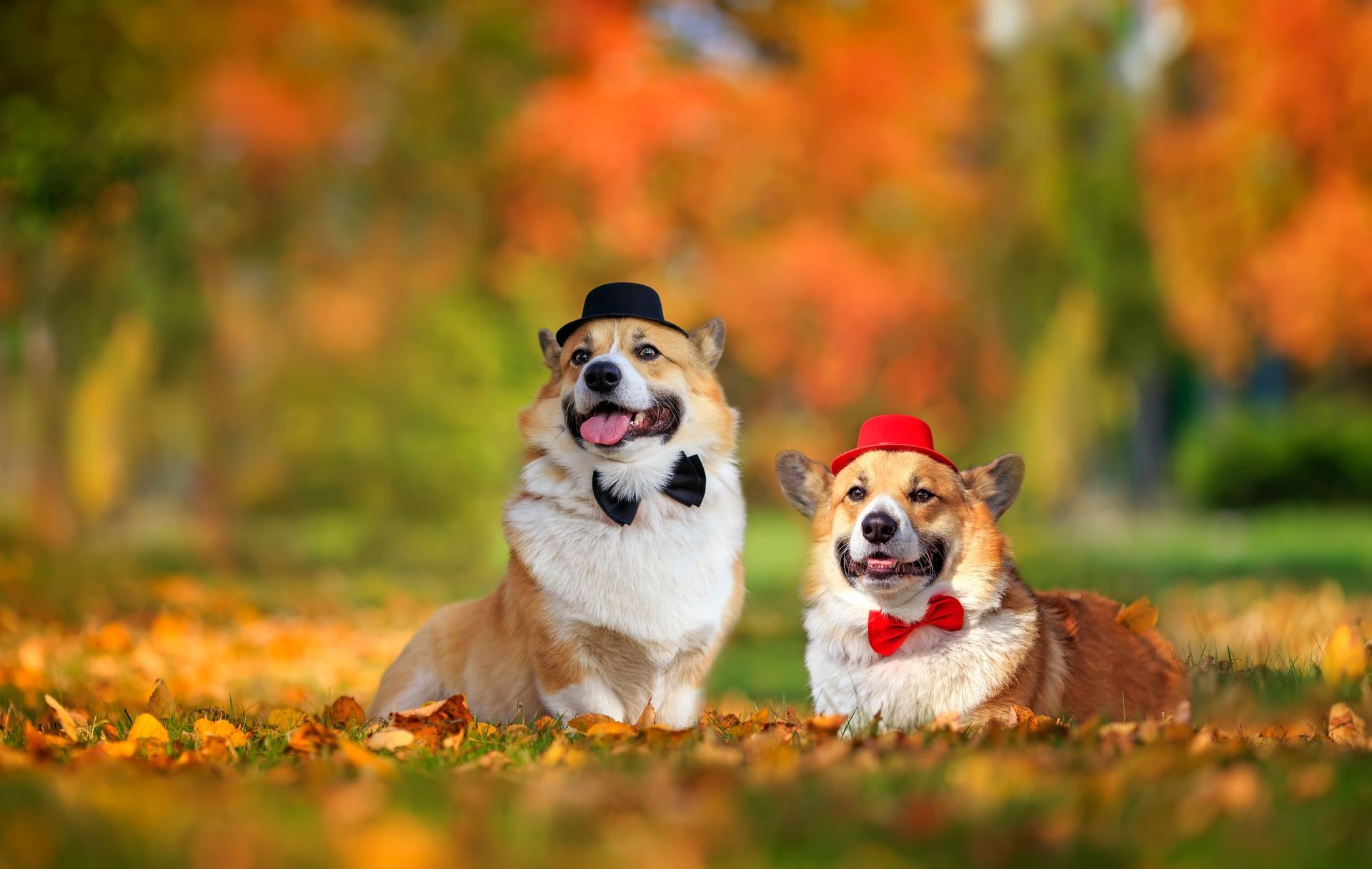Choosing the Right Harness for Your Dog: - Newnan
Here’s a guide to help you navigate through the process:
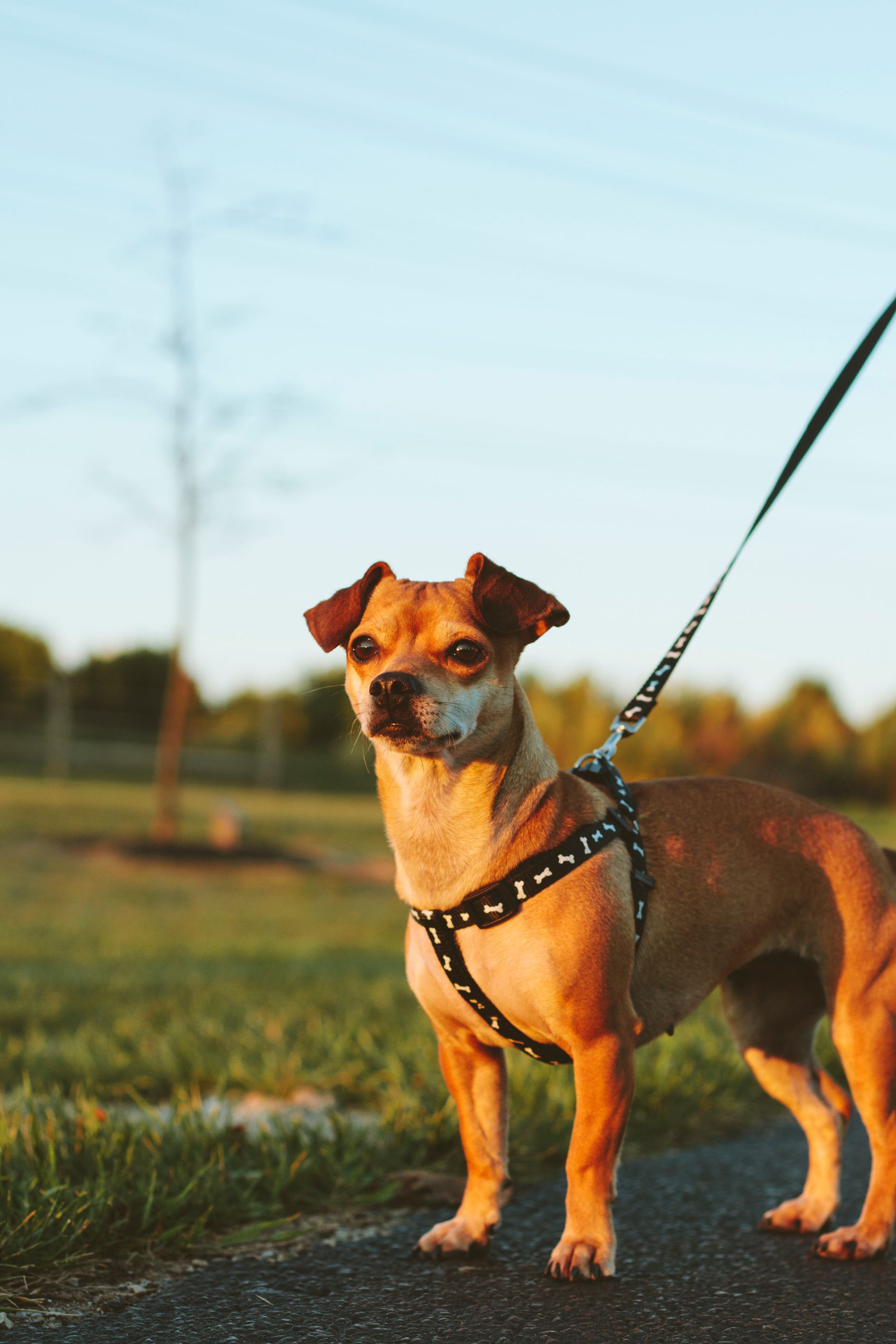
Choosing the correct harness for your dog is essential for their comfort, safety, and overall well-being. With so many options available, finding the perfect fit can be overwhelming. Here’s a guide to help you navigate through the process:
1. Understand Your Dog's Needs
Before selecting a harness, consider your dog's size, breed, and temperament. Based on their behavior during walks, different dogs may require different types of harnesses.
2. Types of Harnesses
Back-clip Harness: This harness is ideal for small—to medium-sized dogs and those who don’t pull much. It attaches at the back, providing comfort and allowing free movement.
Front-clip Harness: This harness is great for dogs that pull on the leash. The leash attaches to the chest, redirecting the dog's attention when it pulls. These are also called “no pull” harnesses.
Dual-clip Harness: This harness offers versatility with attachments at the front and back, suitable for training purposes or varying walking conditions. While these are good, I prefer to use a front clip harness.
Step-in Harness: This harness is Designed for ease of use. It allows the dog to step into it and secures it around the back. It’s a good choice for dogs who dislike having harnesses slip over their heads. For the ambitious owner, you could teach your dog to step into the harness
3. Consider Safety Features
Look for harnesses with reflective strips or stitching, especially if you walk your dog during low-light conditions.
- Ensure the harness fits snugly but comfortably to prevent escape or chafing.
4. Measure Properly
Follow the manufacturer's guidelines for measuring your dog's chest girth and neck size to ensure a proper fit. A harness that's too tight can be uncomfortable, while one that's too loose may slip off.
5. Material and Durability
Choose a harness made from durable materials that can withstand your dog's activity level and environment. Nylon and polyester webbing are famous for their strength and ease of cleaning.
6. Trial and Adjustment
Once you've chosen a harness, don’t just put it in your dog. Let your dog smell it and get used to it before putting it on them. You can use treats to acclimate your dog to the harness before putting it on. In the beginning, leave it on for short periods.
7. Consult Your Vet or Trainer
If you're unsure which harness is best for your dog, consult your veterinarian or a professional dog trainer who can provide recommendations based on your dog's specific needs and behavior.
Conclusion
Choosing the right harness for your dog involves considering their size, behavior, and comfort. By selecting a harness that fits well and meets your dog's requirements, you can ensure enjoyable and safe walks for you and your pet.
Whether you opt for a back-clip harness for casual walks or a front-clip harness for training, prioritizing your dog's comfort and safety will make every walk a pleasant experience.
Remember, a well-fitted harness enhances control and strengthens the bond between you and your canine companion. Happy walking!
Contact Information
Address: 2011 Commerce Drive North Peachtree city, GA 30269 | 1 The Meadows Dr, Newnan, GA. 30265
Business Hours
- Mon - Sun
- Open 24 Hours






